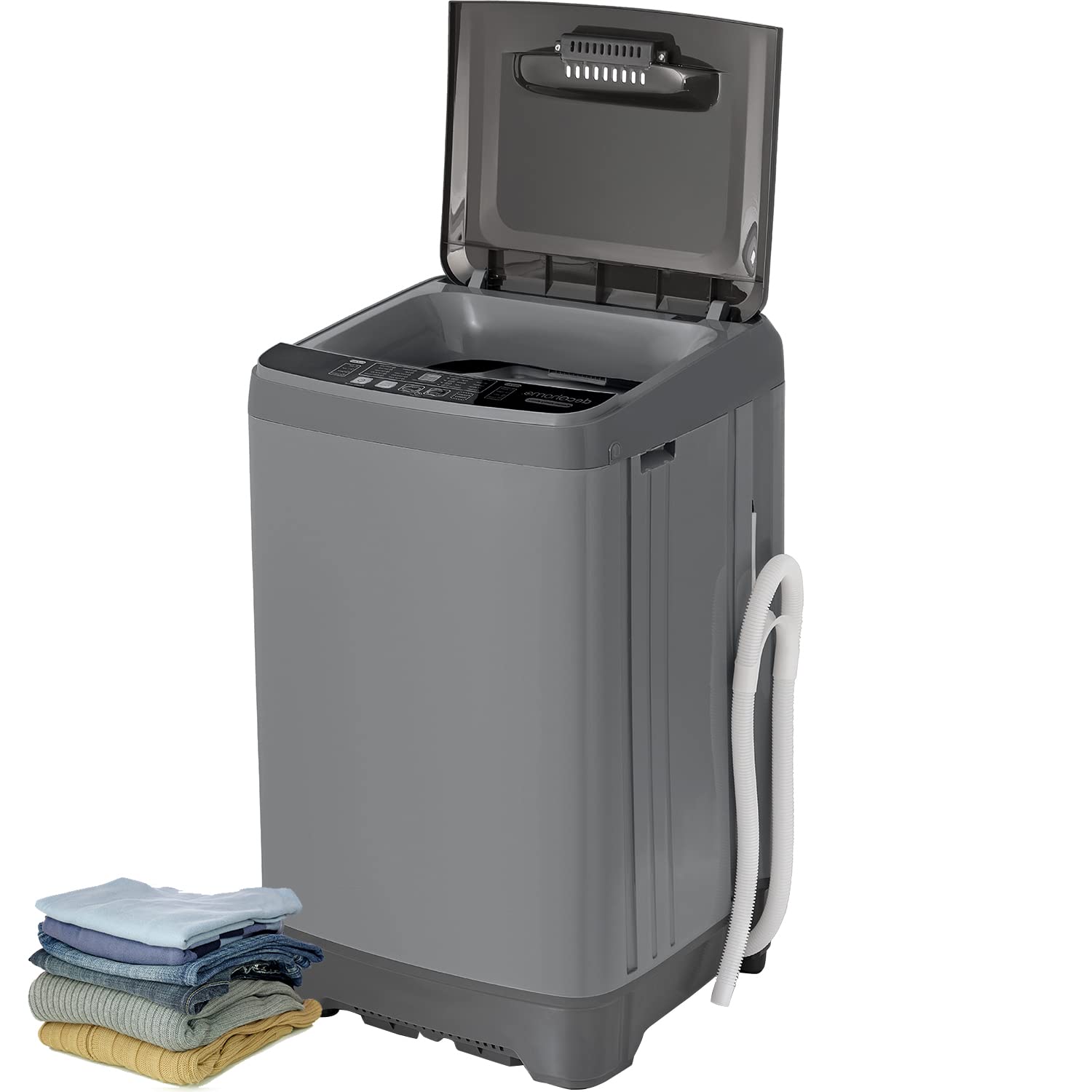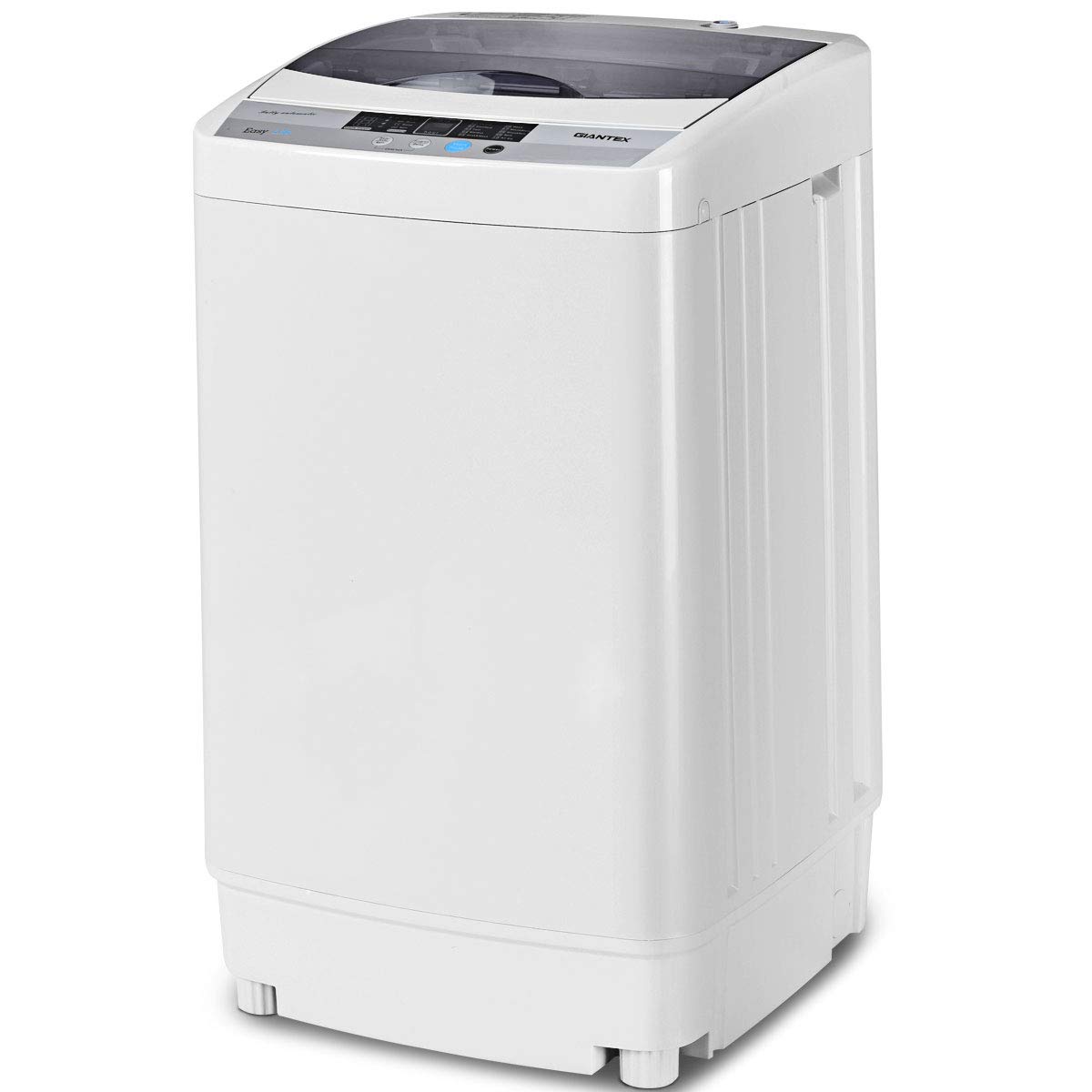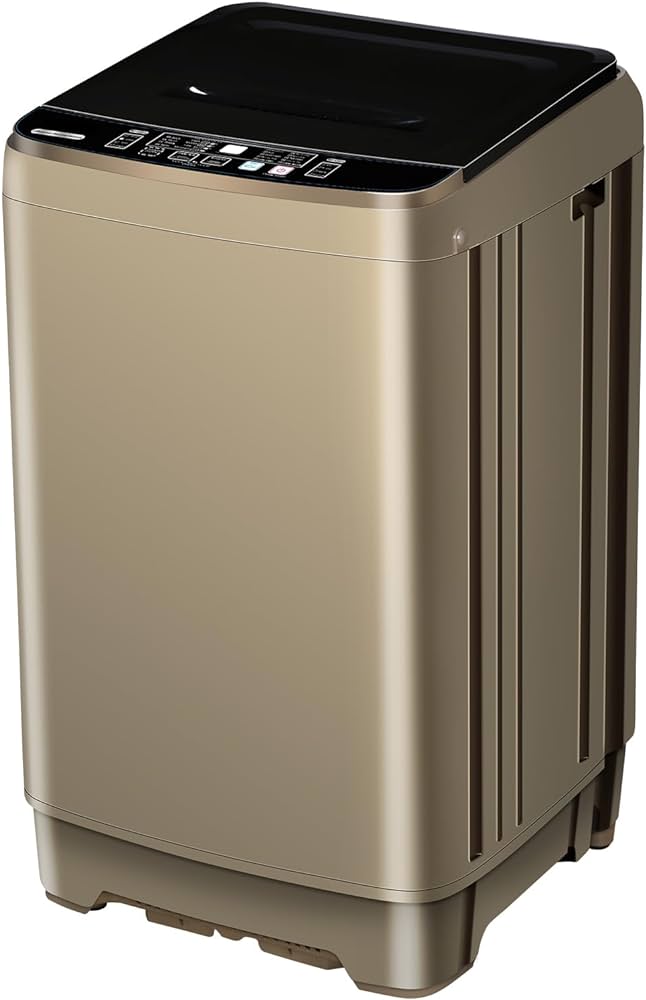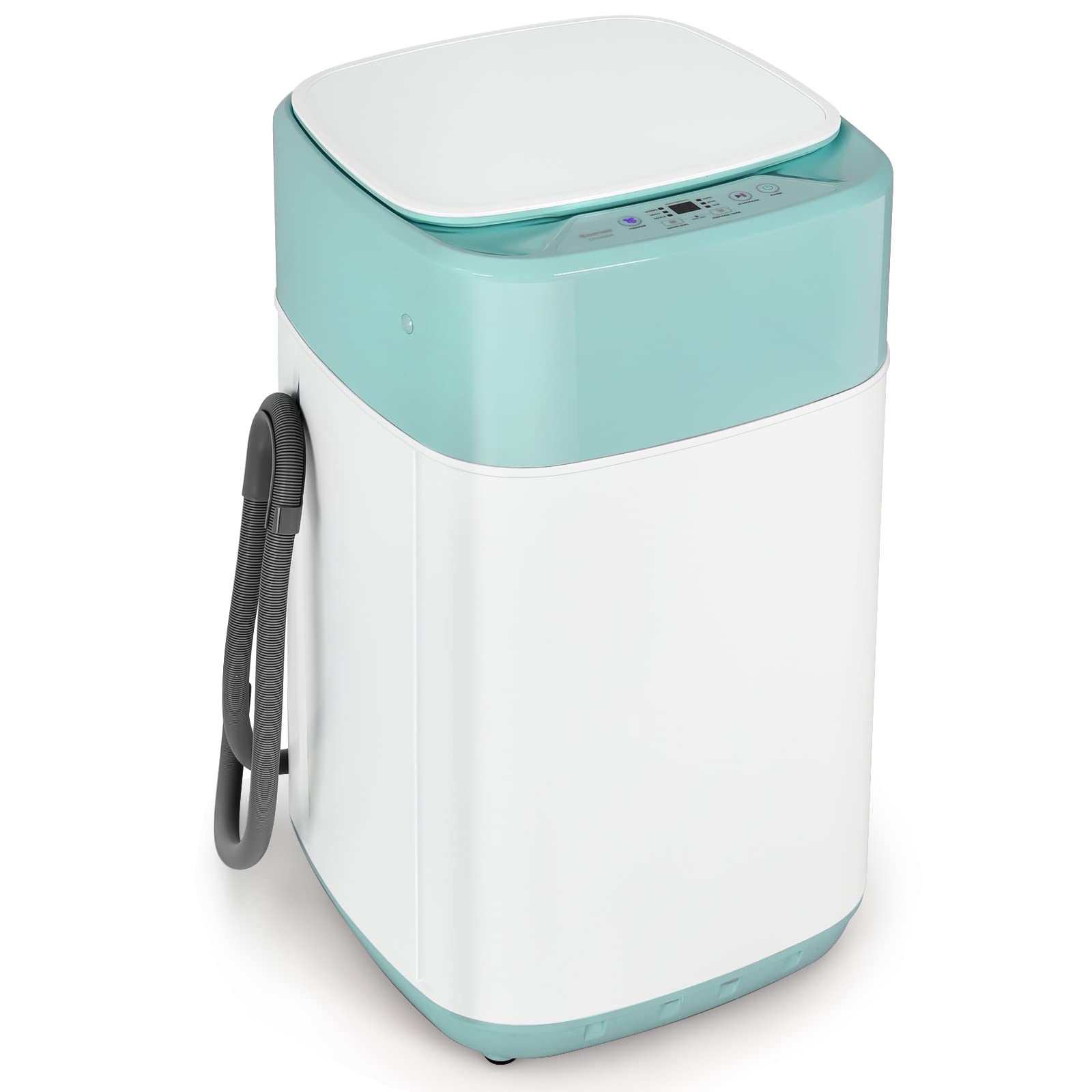Introduction:
Draining water from a washing machine is a crucial task that may be required for various reasons, such as relocating the appliance, performing repairs, or fixing a drainage issue. Understanding the steps involved in effectively draining water can help prevent damage to the machine and maintain its performance. This comprehensive guide delves into the different methods and best practices to drain water from your washing machine efficiently.

Drain Water from Washing Machine:
What Are the Best Methods to Prevent Damage and Ensure Proper Maintenance?
When to Drain:
Why Might You Need to Drain Your Washing Machine?
Knowing when it is essential to drain your washing machine can help you manage and maintain the appliance more effectively. Various scenarios may necessitate this task.
Repair and Maintenance:
Routine Maintenance and Emergency Repairs:
Component Replacement: Draining is necessary when replacing parts such as the pump, hoses, or internal components to avoid water spills and potential damage to the machine.
Clogged Drainage System: If the washing machine stops draining properly due to clogs or build-up, manually draining the water allows for thorough inspection and cleaning of the drainage system.
Relocation:
Moving the Machine:
Safe Transport: Relocating your washing machine requires draining all water to prevent leaks and to make the machine lighter and easier to move. This is especially important when transporting over long distances.
Storage: If you plan to store your washing machine for an extended period, draining water prevents mold growth, odors, and potential water damage to internal components.

Malfunctions:
Handling Malfunctions Safely:
Power Failures: In case of power failures, especially during a wash cycle, manual drainage prevents water from stagnating and causing odor or mildew.
Obstructed Drainage: An obstructed drainage system can cause water to remain in the drum. Draining allows for troubleshooting and fixing the blockage.
Tools and Preparations:
How Do You Prepare for Draining the Washing Machine?
Proper preparation ensures that the draining process is efficient and mess-free. Having the right tools and taking preliminary steps can simplify the task.
Necessary Tools:
Gathering Supplies:
Buckets and Towels: Prepare a bucket or large container to collect the drained water. Use towels to absorb any spills and protect the floor from water damage.
Pliers and Screwdrivers: Have pliers and screwdrivers on hand to loosen hose clamps or open access panels, depending on your washing machine model.
Vacuum for Water: A wet/dry vacuum can be extremely useful for efficiently extracting water from the drum and hoses, minimizing manual effort and mess.
Safety Precautions:
Ensuring Safety:
Power Off: Ensure the washing machine is unplugged from the electrical outlet to avoid any risk of electric shock during the draining process.
Turn Off Water Supply: Shut off the water supply to the washing machine to prevent further water from entering the machine during the process.
Manual Draining Methods:
What Are the Steps to Manually Drain a Washing Machine?
Several methods can be employed to manually drain a washing machine, depending on the specific situation and machine model.
Using the Drain Hose:
Step-by-Step Simple Method:
Locate and Access: Find the drain hose at the back of the washing machine. Position the hose into a bucket to collect the drained water.
Begin Draining: Lower the drain hose to the level of the bucket, allowing gravity to pull the water out of the drum and into the bucket. Monitor closely and empty the bucket as needed.
Check for Clogs: Inspect the hose for any clogs or obstructions that may prevent water from flowing freely. Use a water vacuum or a thin object to clear any blockages.

Removing the Drain Pump Filter:
Advanced Drainage Techniques:
Filter Location: Identify the location of the drain pump filter, usually accessible through a small panel at the front or the bottom of the washing machine.
Open and Drain: Place a shallow pan or towel beneath the filter access panel. Carefully unscrew the filter, allowing water to flow out slowly and collect in the pan.
Clean the Filter: Remove any debris or lint collected in the filter. This step helps ensure proper drainage and can fix minor drainage issues in the future.
Using the Wet/Dry Vacuum:
Effective Water Removal:
Vacuum Setup: Set up your wet/dry vacuum according to the manufacturer’s instructions. Ensure it is set to wet mode to handle water extraction.
Hose Attachment: Attach the vacuum hose to the drain hose or directly into the drum for efficient water removal. Monitor the vacuum to prevent it from overfilling.
Post-Drain Steps:
Ensuring Complete Removal:
Check Hoses: After the initial drainage, check all hoses and connections for any remaining water. Use the vacuum to extract any residual water.
Inspect Electrical Components: Ensure that no water has entered electrical components of the washing machine. Let any internal parts dry completely before reconnecting the power.
Preventative Measures:
How Can You Prevent Future Drainage Issues?
Taking preventative measures helps maintain your washing machine’s efficiency and prevent future drainage problems.
Regular Maintenance:
Routine Inspections:
Inspect Hoses and Filters: Regularly inspect and clean the drain hose and pump filter to prevent build-up of lint, detergent, and other debris that can cause blockages.
Scheduled Cleaning: Perform scheduled cleaning cycles with an appropriate washing machine cleaner to keep internal parts free from mold, mildew, and residue build-up.
Proper Use:
Effective Usage Tips:
Avoid Overloading: Do not overload the washing machine as this can strain the drainage system and cause inefficiencies. Follow manufacturer’s guidelines for load capacities.
Use Suitable Detergents: Use the recommended type and amount of detergent to avoid build-up that can clog drainage components over time.

Professional Checks:
Know When to Seek Help:
Regular Servicing: Schedule periodic professional servicing to ensure all components, including the drainage system, are in optimal working condition. Professional technicians can offer deeper insights and maintenance tips.
Timely Repairs: Address any minor malfunctions or unusual symptoms promptly to prevent escalation into major drainage issues.
Handling Special Situations:
What to Do with Different Washing Machine Types?
Different types of washing machines require tailored approaches for manual drainage. Understanding these nuances ensures effective handling.
Top-Loading Washing Machines:
Specific Considerations:
Access the Drum: Top-loading washers may have more accessible drain hoses. Follow the same basic steps for using the drain hose and removing water from the drum.
Manual Extraction: If the drain hose is inaccessible or blocked, use a bucket to manually scoop out water from the drum.
Front-Loading Washing Machines:
Unique Steps:
Pump Filter Access: Front-loaders typically offer easier access to the drain pump filter through the front panel, making it more straightforward to drain and clean.
Disassemble Carefully: Be cautious when removing the front access panel to avoid damaging any components or seals.
High-Efficiency Models:
Specific Drainage Needs:
Delayed Drainage: High-efficiency models may have additional safety features or complex internal systems, making manual drainage more intricate.
Professional Advice: For complex high-efficiency models, seek professional advice or assistance to ensure the drainage process does not interfere with the machine’s advanced functionalities.

Environmental Considerations:
How Do You Dispose of Drained Water Responsibly?
Proper disposal of drained water ensures environmental responsibility and avoids potential plumbing issues.
Safe Disposal:
Eco-Friendly Practices:
Local Regulations: Follow local regulations for disposing of greywater. Some areas have specific guidelines for wastewater disposal to protect the environment.
Avoid Drains: Do not pour drained water into toilets or storm drains, as it may contain contaminants or residues.
Reuse Options:
Sustainable Practices:
Watering Gardens: Consider reusing drained water for watering non-edible plants or gardens, provided it does not contain harmful detergents or chemicals.
Household Cleaning: Use the drained water for household cleaning tasks, such as washing floors or outdoor surfaces, as an eco-friendly reuse option.
Conclusion
Draining water from a washing machine is a vital task for maintenance, repairs, and relocations, ensuring the appliance continues to function effectively. By understanding when and how to drain the machine, using the right tools and methods, and taking preventative measures, you can prevent damage and extend the machine’s life. Each type of washing machine requires specific techniques, and proper preparation and safety precautions are essential. Disposing of drained water responsibly further contributes to environmental sustainability. Regular maintenance and timely professional checks help avoid drainage issues, ensuring that your washing machine remains efficient and reliable for years to come.

